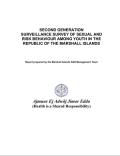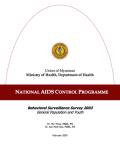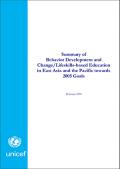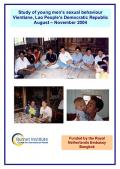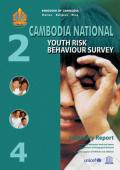Publications on Young People
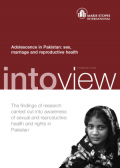
Resource | Publications,
With 158 million people, Pakistan is one of the most populous countries in the world. It is also one of the poorest, with 66% of the total population living on less than US$2 a day (Population Reference Bureau, 2005.). In Pakistan, as in many developing countries, poverty is intrinsically linked with poor sexual and reproductive health (SRH).
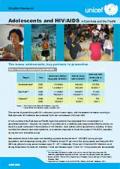
Resource | Publications,
Interventions focused on the most highly vulnerable young people are often said to be the key to slowing or halting the epidemic. However, capacity is clearly inadequate in many countries, and includes an insufficient availability of human and financial resources, as well as a lack of systematic tracking for behavioural trends and risks.






